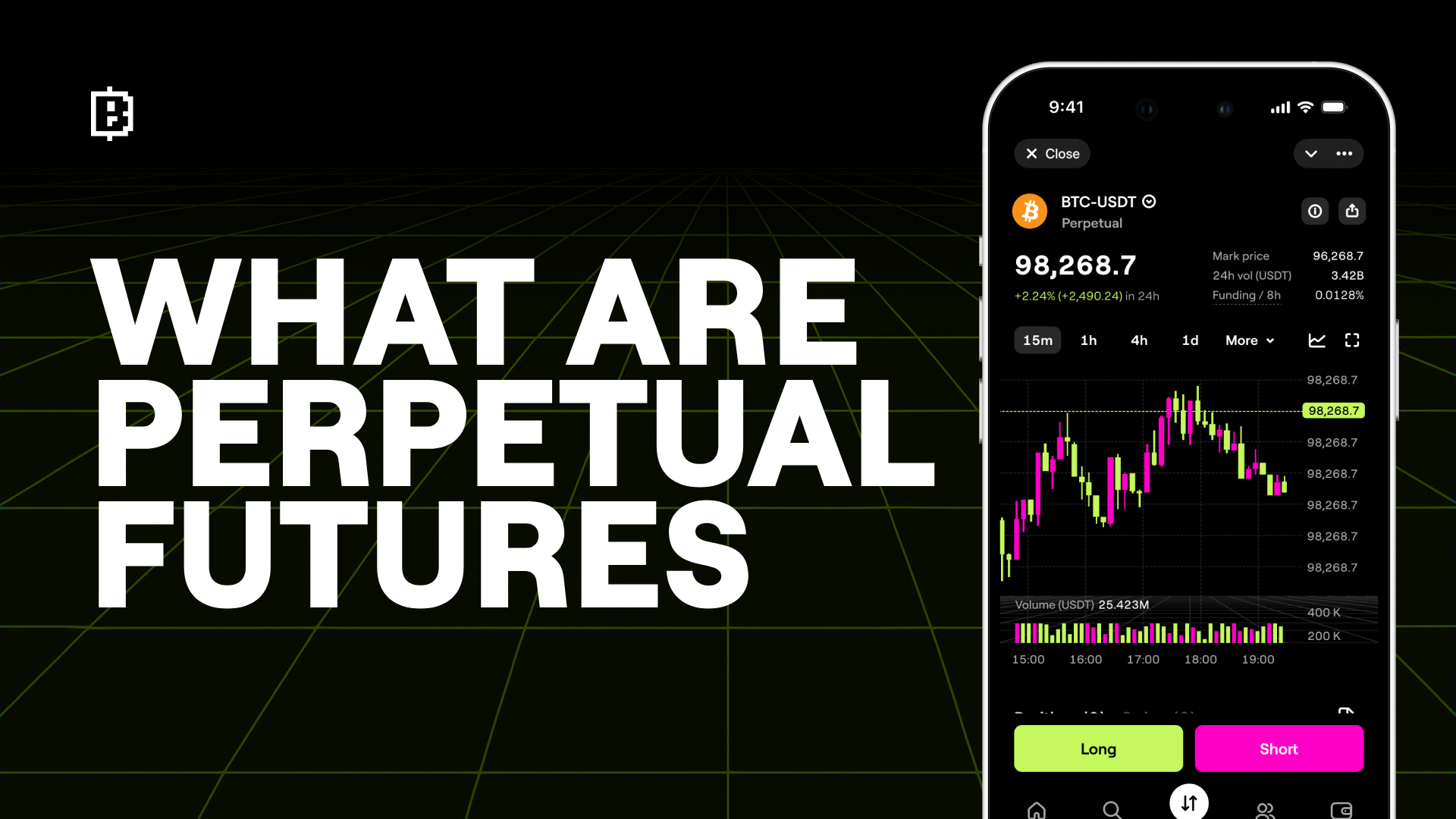


Perpetual futures (also called perps) are one of the most-used trading tools in crypto trading. If you’ve only traded spot before, perpetual futures might sound complicated. But here’s the truth: they’re actually pretty simple.
In this beginner's guide to perpetual futures, we’ll explain what perps are in plain language, how perpetual trading works, how they’re different from spot and traditional futures, and why they’re useful. We’ll also show how you’ll soon be able to trade crypto perpetual futures right inside Telegram — through the Blum mini app.
Before we get into perps, let’s quickly go over the differences between the three most common crypto trading options:
Let’s say you think Bitcoin is about to go up.
You don’t want to buy BTC directly, but you want to profit from that price move. So, you open a long position using a perpetual futures contract. If the price rises, you earn. If it falls, you lose.
If you think BTC is going to drop, you can open a short instead. You profit if the price goes down.
Unlike spot trading, you don’t need to own the token. You’re only trading based on its price movement. And since perps don’t expire, you don’t have to keep rolling over into new contracts like with traditional futures.
This is the part that keeps the market balanced in perpetual futures.
When more traders are long than short, the funding rate goes positive. In that case, long traders pay a small fee to short traders. If more are short, then shorts pay longs.
These small fees help keep the price of the perp contract close to the real spot price of the token.
It’s like a tug-of-war — if one side gets too heavy, the fee system helps bring things back in balance.
So what’s the advantage of trading perps?
They give you more ways to manage risk and take advantage of price moves. Here’s how:
With Blum Perps, you can:
It’s a massive upgrade for anyone who trades inside Blum — especially Telegram-native users who want speed and simplicity.
Perpetual futures aren’t complicated. They’re just tools. Tools that give you more control, more flexibility, and more ways to trade crypto — whether you want to hedge your bags, short the market, or use leverage.
